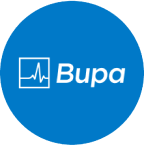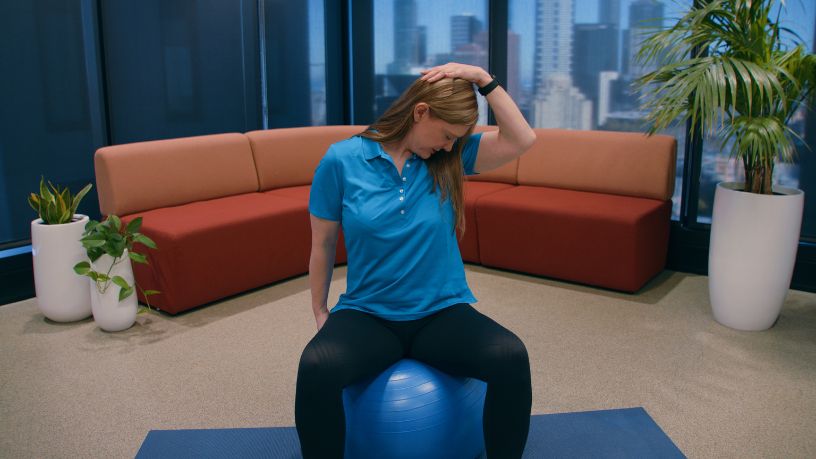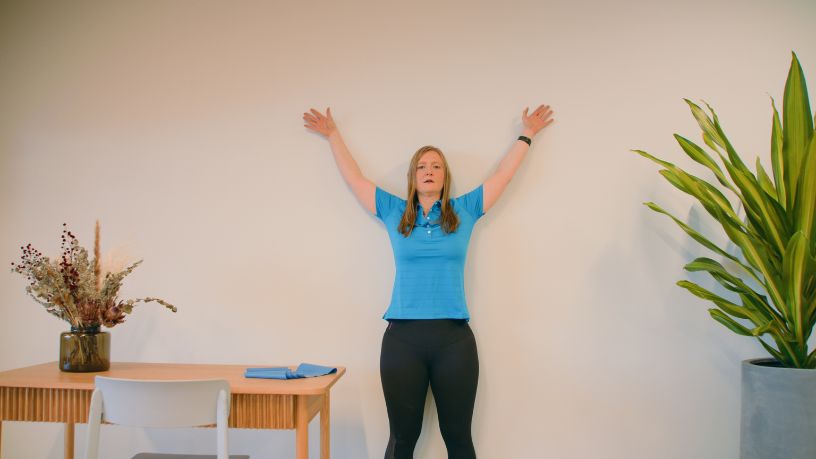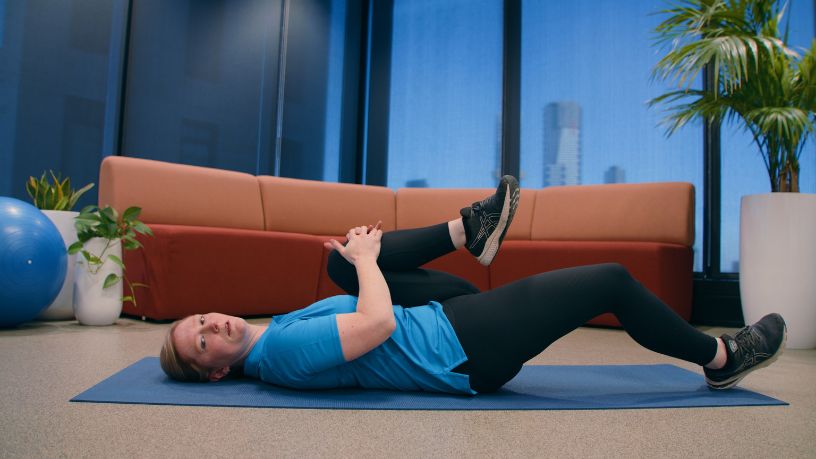On this page
Key takeaways
- Headaches are common and usually not a cause for concern.
- They can be caused by stress, dehydration and lack of sleep.
- Talk to your GP about headaches that are unusually frequent or severe.
Headaches happen to almost everyone. Defined as a throbbing or persistent pain in the head or face, they’re one of the most prevailing reasons we take time off work or school.
Research suggests that more Australians suffer from migraine or tension headaches than diabetes, epilepsy and asthma combined1. But, while common, some types of headaches are more serious and more painful than others.
What causes headaches?
Headaches can be caused by a wide range of factors. Mild illnesses such as cold and flu often come with a side serve of headache.
Tension headaches are the most common type of headache, because they’re often triggered by stress, which causes muscles in the neck, scalp or jaw to contract. They can also be brought on by dehydration or a lack of sleep.
In most cases, rest, water and over-the-counter pain killers can ease the symptoms.
Types of headache A-Z
Allergic headaches often combine with a runny nose and sore eyes, in response to seasonal allergens. These are especially common when allergies lead to swelling and congestion in the sinuses.
Cluster headaches are characterised by sudden and severe pain on one side of the head, often around one eye. They occur in a series, hence the name, up to several times a day, and are more likely to affect men.
Eyestrain headaches or visually induced headaches, are centred around the eyes and may happen if you need glasses, or a new optical prescription. They can also occur as a result of an inflammatory condition such as conjunctivitis.
Food headaches describes headache or migraine some people may experience after eating certain foods. The most common food triggers include aged cheeses, chocolate, deli meats, salted nuts, MSG and caffeine.
Hangover headaches are a result of dehydration. Alcohol acts as a diuretic, making you pee more fluid out than you’re taking in. This can cause a throbbing headache for up to 24 hours as your body rehydrates.
Hormonal headaches AKA menstrual migraines, occur in women due to fluctuations in oestrogen levels during the menstrual cycle. This happens around the time of ovulation, menstruation and in peri-menopause.
‘Ice-cream headache’ or ‘brain freeze’ refers to a sharp pain behind the eyes and nose that happens immediately after having cold food or drink. The exact reason is something of a mystery, but the good news is it generally only lasts a minute or 2.
Migraine headache involves severe, one-sided, throbbing pain that is often accompanied by nausea, vomiting, and sensitivity to sound, light and smell. Some people develop an aura, a visual disturbance such as zigzag lines, flickering lights or spots, before and during the headache.
Tension headaches are characterised by a dull, non-throbbing pain associated with tightness of the scalp or neck. This mostly affects both sides of the head, as if you have a belt pulled tightly around your skull.
Temporomandibular joint (TMJ) headache is pain felt in the temples and around the ear. It may happen if your jaw is not correctly aligned, or in the morning if you are clenching or grinding your teeth while you sleep.
Get chemist delivery
Bupa health insurance members can have prescriptions filled by local chemists and get them delivered to their door by registered couriers. You can also order over-the-counter goods. Delivery address must be within 8km of a participating pharmacy.
Rare causes of headache
Sometimes, not often, headaches are caused by underlying conditions that indicate a serious health issue. Some rare, but serious, causes of headache include:
Bleeding into the brain (burst aneurysm): This causes a sudden ‘thunderclap’ of pain. Symptoms may also include loss of consciousness, a stiff neck, and double vision.
Brain cancer: Brain cancers cause severe, dull headaches that get progressively worse over time. Most people with brain cancer have other symptoms such as vomiting, visual disturbances, weakness in an arm and/or leg, speech problems, personality changes or fits.
Brain abscess: An abscess can form after trauma, or from infection in the ear, throat, sinus or lung. It can cause severe localised headaches accompanied by fever and convulsions.
Meningitis: This is a rare but serious infection of the membranes that surround the brain and spinal cord. It causes severe headaches, often along with a stiff or sore neck, vomiting, fever and sensitivity to light.
Giant cell arteritis: formerly known as temporal arteritis, is a form of vasculitis, where the blood vessels that take blood to the scalp via the temple area become inflamed. A throbbing headache is the common symptom, typically towards the front and side(s) of the head. It may also cause tenderness near the temples, particularly when chewing, as well as a range of other symptoms. It is almost exclusively seen in those over 50.
When to see your doctor
You should always see your doctor to get a correct diagnosis for a new type of headache or one that lasts for more than a few days. If you have frequent headaches for more than 15 days a month, or you are worried or stressed about your headaches, it’s also important to see your GP.
Seek urgent medical attention immediately if:
- You get a ‘thunderclap’ headache, an intense headache that starts very suddenly.
- Your headache gets progressively worse over time.
- Your headache gets worse when you change body position or with coughing.
- You have a headache that is accompanied by fever, nausea and vomiting, a stiff neck, rash, and/or sensitivity to light.
- You have a headache that is associated with nerve symptoms such as weakness, dizziness, sudden loss of balance or falling or symptoms of a clot or bleed in the brain, such as difficulty speaking or understanding speech.
- You experience headaches after a blow to the head or an accident.
Managing your headache
An accurate diagnosis of your types of headache from a medical professional will help you get the right treatment. But there are also a few things you can do to help manage bothersome headaches at home.
- Keep a headache diary, noting what you eat, your hormonal cycle and other environmental factors. This can help you and your doctor identify what triggers your headaches.
- A healthy lifestyle and stress management can help relieve many headaches. Talk to your doctor about what is appropriate for you.
- Lying down in a dark and quiet room, sleeping, or going for a walk in the fresh air can all help to ease a headache.
- Over-the-counter medicines such as paracetamol and ibuprofen may help when taken as recommended.
Consult your doctor if you have regular debilitating headaches and take pain relievers frequently or in excessive amounts. Your doctor may prescribe specific medicines for treating and/or preventing migraines, if diagnosed. Always read the accompanying consumer medicine information and take as prescribed. If you have any questions, ask your doctor or pharmacist.
Useful resources
Book online doctors
Access online doctors for simple medical health needs like requesting a prescription, asking for a medical certificate, or medical advice that may not need a physical consultation. Available to eligible Bupa members.
In an emergency, call 000.

At Bupa, trust is everything
Our health and wellbeing information is regularly reviewed and maintained by a team of healthcare experts, to ensure its relevancy and accuracy. Everyone's health journey is unique and health outcomes vary from person to person.
This content is not a replacement for personalised and specific medical, healthcare, or other professional advice. If you have concerns about your health, see your doctor or other health professional.
You might also like
Tech neck: What is it and how to stop it
If you’re getting a pain in the neck from too much time looking at your phone, you might have ‘tech neck’. Find out how to ease the pain.
Neck pain workout: Simple stretches to relieve pain
Stiff, sore neck? Try this gentle physio-led neck workout to ease tightness, improve posture and relieve pain from desk work or tech use.
Shoulder pain workout: Simple physio exercises for relief
Ease shoulder pain and stiffness with this short physio-led workout. Improve posture, strength and mobility with simple moves you can do anywhere.
5 key stretches to help relieve lower back pain
Sore lower back? These 5 simple physio-approved stretches can help ease pain and release tension at home.





